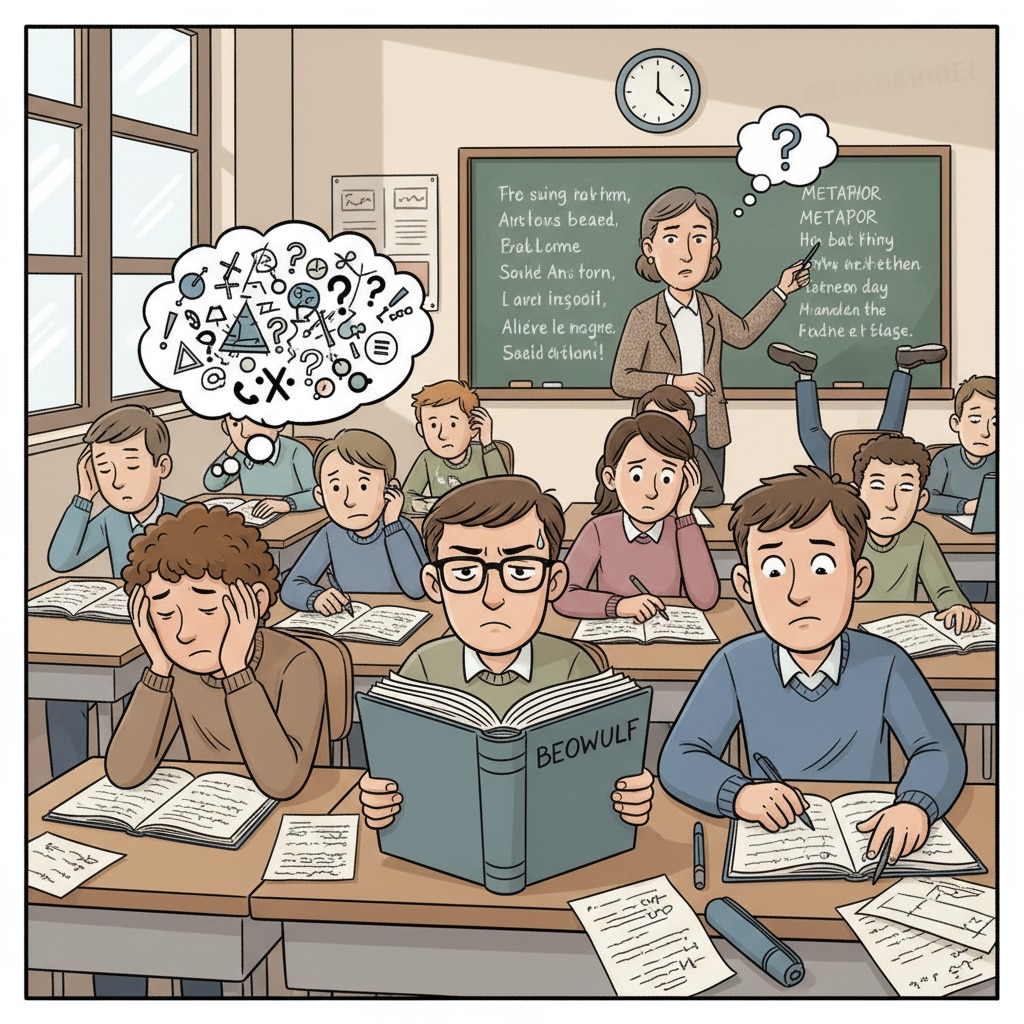The learning experiences of English and literature courses can be both fulfilling and challenging for students. In particular, the transition from eighth – grade to ninth – grade in these courses often brings about significant changes that leave students with feelings of dissatisfaction and concern. This article will explore these issues and propose some solutions.

The Alarming Transformation
The shift from eighth – grade to ninth – grade in English and literature courses is nothing short of a shock for many students. In eighth – grade, the curriculum usually focuses on building a solid foundation in grammar, vocabulary, and basic literary comprehension. However, ninth – grade ramps up the difficulty level significantly. According to How to Create a Rigorous High – School English Curriculum, the reading materials become more complex, with longer texts, more profound themes, and archaic language in some classic works. For example, students might have been used to reading contemporary short stories in eighth – grade, but in ninth – grade, they are expected to analyze Shakespearean plays.
Reasons Behind Students’ Discontent
One major reason for students’ dissatisfaction is the sudden increase in workload. With more complex texts to read, in – depth analyses to conduct, and extensive writing assignments, students often feel overwhelmed. Additionally, the teaching methods may not always adapt smoothly to the new requirements. Teachers may expect students to have a higher level of independent learning, but some students may still be accustomed to the more guided approach in eighth – grade. As Teaching Strategies on NEA suggests, effective teaching should be adjusted according to students’ learning progress.

Another factor is the change in assessment methods. In ninth – grade, grades are often based more on critical thinking and in – depth analysis rather than just basic knowledge recall. This new emphasis can be intimidating for students who are used to the old assessment system.
Readability guidance: Here we’ve pointed out the transformation and reasons for students’ discontent. Each point is presented clearly. Transition words like ‘however’ and ‘additionally’ are used to make the flow more logical.
Strategies for a Smooth Transition
Educators can play a crucial role in helping students through this transition. Firstly, they can provide more scaffolding in the initial stages of ninth – grade. This could involve breaking down complex texts into smaller parts, providing more examples of literary analysis, and offering more detailed feedback on writing assignments. Secondly, teachers should communicate clearly with students about the new requirements and assessment criteria. By doing so, students will have a better understanding of what is expected of them.
Students themselves also need to take proactive steps. They can start by developing better study habits, such as setting aside dedicated time for reading and writing, and taking detailed notes. Joining study groups can also be beneficial, as students can discuss difficult concepts and learn from each other.
In conclusion, the transition from eighth – grade to ninth – grade in English and literature courses is a significant one. By understanding the causes of students’ dissatisfaction and implementing appropriate strategies, both educators and students can work together to turn this potentially difficult transition into a positive learning experience.


